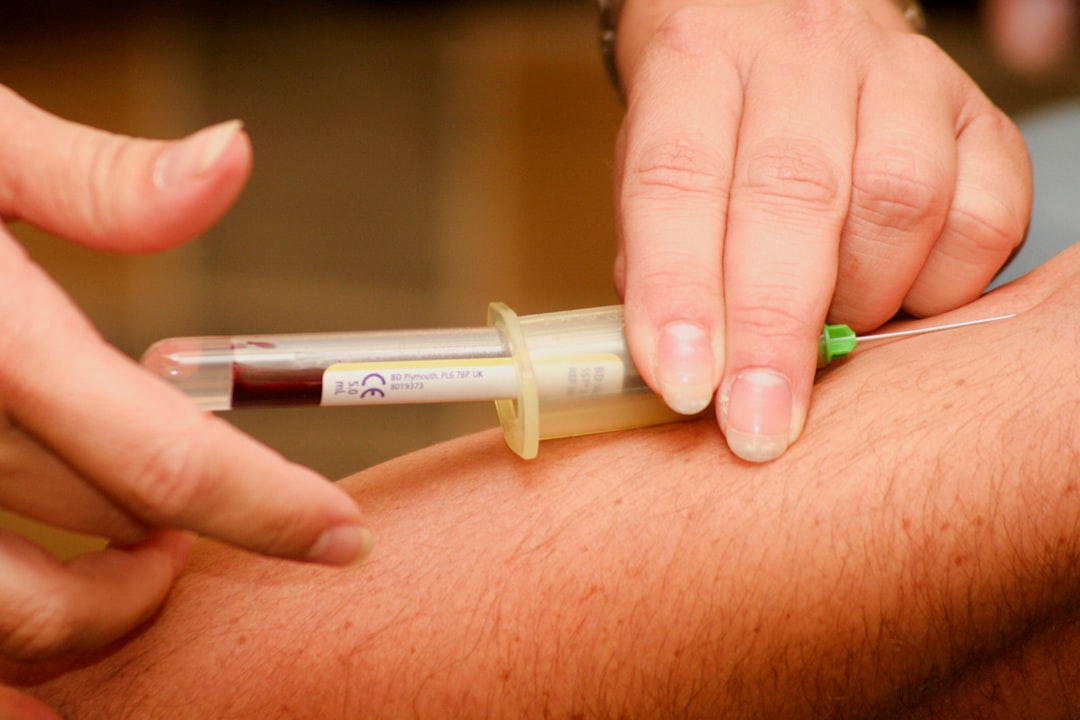What is it about?
The primary objective of evidence-based practice is to improve the quality of health care. It helps in making a clinical decision based on recent and advanced research and the best available evidence. Evidence-based dentistry is an integration of best available evidence with clinical expertise and patient’s needs and preferences. However, there are many barriers to apply evidence-based knowledge into practice. Information overflow, inability to select appropriate evidence, and critically appraising the evidence are the main challenges a practitioner may face. The focus of this review is defining a well-structured clinical question, key principles of literature search, type of search studies, and how to appraise an evidence. Furthermore, despite the availability of good evidence, patient’s needs and preferences are crucial factors in making clinical decision. Finally, the clinician’s experience and lack of motivation to change practice is another big challenge to evidence-based practice. This article discusses the six structured steps to apply evidence-based practice in dentistry with examples. In conclusion, this article will help practitioners to integrate their experience and skill with modern research evidence as well as to educate their patients to reach a final clinical decision.
Featured Image

Photo by Ani Kolleshi on Unsplash
Why is it important?
There is no doubt that a gap exists between clinical practice and research. Evidence-based approach improves clinical decision making and standard of care. Finding times, lack of resources, and lack of skill are considered major barriers in applying research-based evidence in practice. If the dental practitioners want to maximize their abilities and achieve excellence in practice and provide cost-effective quality services, they must develop strategies to enable them to use findings from relevant, well-designed, practice oriented research studies.
Perspectives
There are many benefits of applying evidence-based approach into practice. First, it can improve the quality of patient care. With the systematic search, modern treatment modality and its rationale can be identified. Second, it can provide high standards of care. This article discuss in detail the step by step approach in clinical decision making when it comes to therapeutics in any medical specialty in general and dental specialty in particular
Dr. Durre Sadaf
Qassim University
Read the Original
This page is a summary of: How to apply evidence-based principles in clinical dentistry, Journal of Multidisciplinary Healthcare, February 2019, Dove Medical Press,
DOI: 10.2147/jmdh.s189484.
You can read the full text:
Contributors
The following have contributed to this page










